


The A6 is Audi’s executive class flagship model. The production of the A6 is a wonderful journey of metal to masterpiece. This journey is fraught with complex procedures and tedious tests. We, at Car India, take a peek at the goings-on right from the Ingolstadt to Aurangabad factory.
The seventh and the current generation of the A6 is a product of consistent evolution and progression. The new design features will include a strong shoulder line, ‘single-frame grille’, sharp trapezoidal LED headlamps and a dynamic rear end, all combined into a super-lightweight frame.
The body of the A6 was designed with the philosophy of decreasing weight while maintaining strength and rigidity. The superlight body uses a combination of aluminium and steel composites to reinforce stressed areas. For example, the strut mounts, which are subject to impact shocks, are made of cast aluminium, which is a resilient compound. The engine reinforcement is made of extruded aluminium. A new C pillar also forms a part of a well balanced rigid structure.
The journey of the A6 begins with fabrication of the body parts in the body shop. Instead of conventional spot-welding methods, individual parts of the A6 are laser-welded together. High efficiency diode lasers negate the need for further finishing and provide a strong joint. Robotised systems ensure a precise and even weld across the joint. The highly efficient diodes cut CO2 emissions by over 3,000 tons per annum
Bitumen mats used for body insulation are completely replaced by the ‘spray on insulating material’ in the A6. The resultant weight saving is more than two kg per body. The aqueous acrylate solution is sprayed using robots for even and precise application to the ‘hot spots’. The body is then sent for a dip in the water-based electrolytic solution to avoid any interior corrosion. The BIW (body in white) is then sent to the paint shop where robotised applicators apply an even coat to the entire surface. This is then sent to an oven to dry off the paint
The journey takes a colourful turn in the assembly shop. Powertrains, brought all the way from Hungary, are mounted at the engine decking station. The axles, fuel tank, brake lines and fuel lines, etc, follow eventually. Several components like the wiring harness, carpets and firewalls precede the mounting of handcrafted seats, centre console and door trims. Once assembled, the car is sent for a series of tests
After the car rolls off the conveyor, wheel alignment, headlamp adjustment and roller testing are done statically. The car is finally tested for functionality and electronics before it is sent for track tests. Trained drivers check the vehicle for body roll, suspension, dive and surge characteristics. Defects, if any, are rectified and the car is sent for a shower test
In the shower test, the vehicle is subjected to a manually simulated highpressure rain environment. If any defects are detected, the vehicle is sent back for packing and insulation, etc. On passing the shower test, the vehicle is once again checked for any paint defects caused during manufacturing.
This amazing journey of metal to masterpiece is the result of several manhours of dedicated effort, backed by a clockwork precision of logistics. Only after a series of gruelling tests and checks is the car justified in wearing the Audi badge






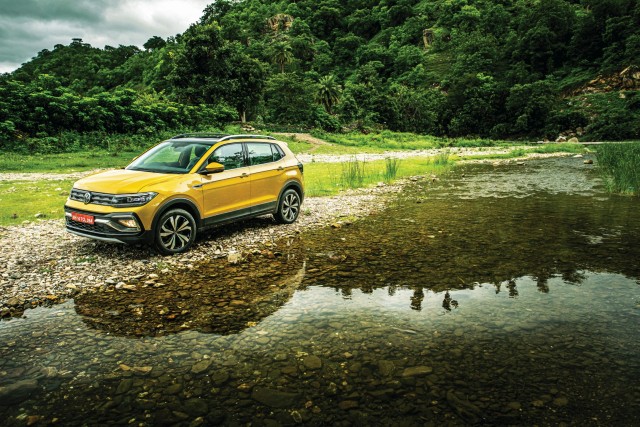


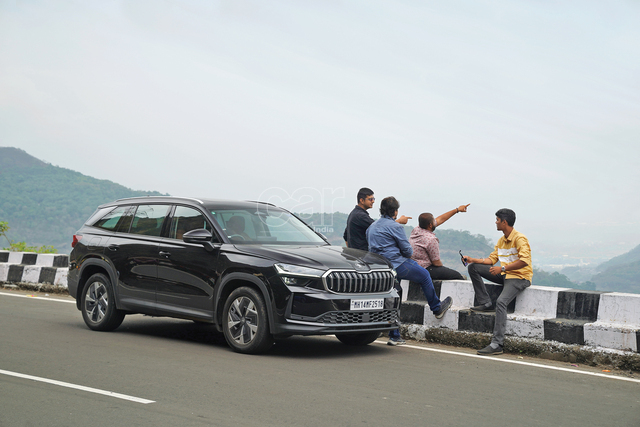


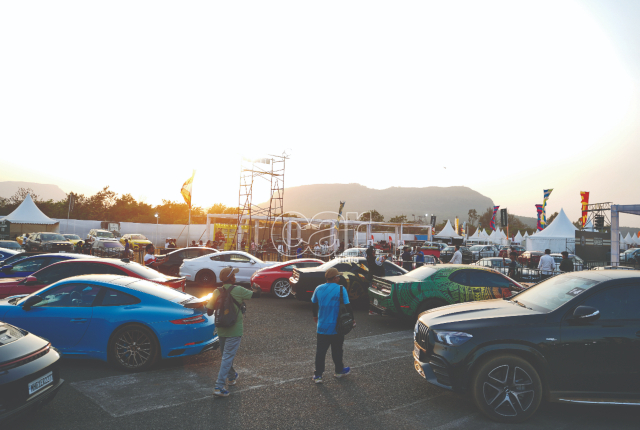
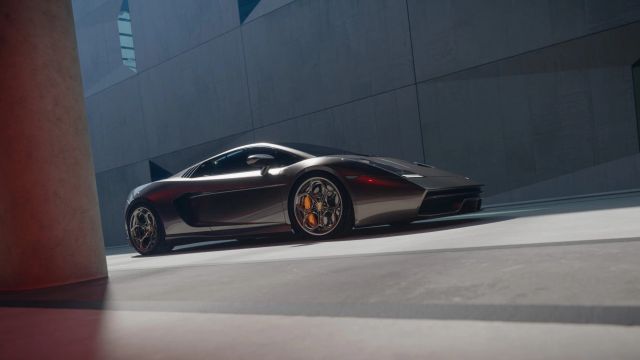
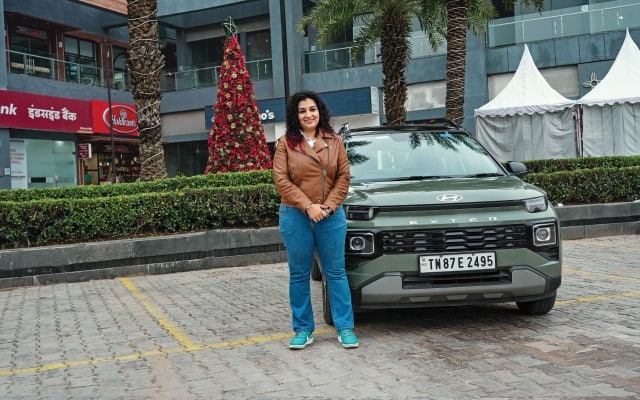

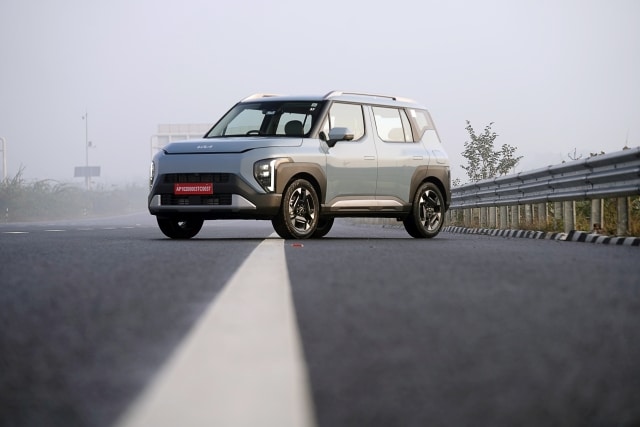



Leave a Reply